Using a material that only responds to changing light like a human retina would, a new digital sensor could let robots or self-driving cars better observe moving scenes.


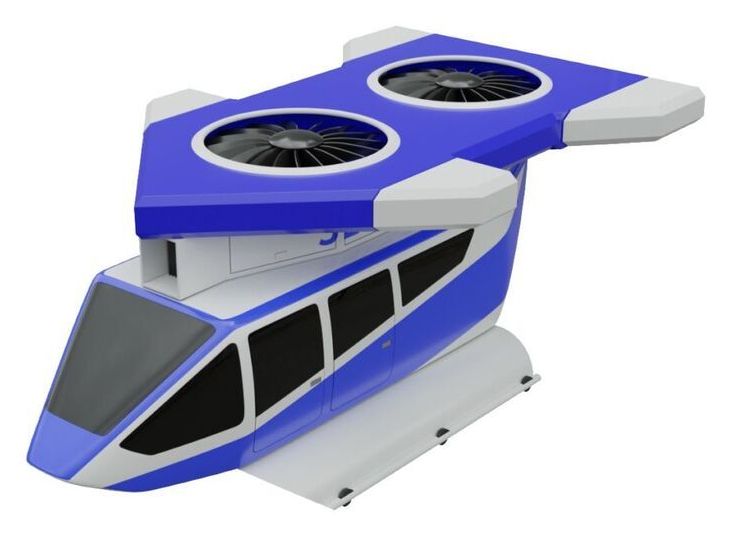
Circa 2019
A full-scale mock-up of the Jetcopter vertical-takeoff-and-landing concept vehicle will be shown for the first time at April’s AERO 2019 show in Friedrichshafen, Germany.
The startup air taxi’s claim to fame is its powerplant: Dual 500 hp, 6,000 rpm motors — converted from automotive applications — push two 200 cm air turbines. The resulting 600 mph airflow velocity powers the Jetcopter to a claimed top speed of close to 200 mph with a 620-plus-mile range.
The Jetcopter is unusual in that it does not have large rotor blades, like a helicopter, fixed wings, or tiltable turbines distributed to the ends of shafts like other air taxis. Instead, its two turbines are fixed above the cabin and it is engineered to divert the airflow to four endpoints, where the air can be vectored in a chosen direction, helping to direct the aircraft, a la the Harrier Jump Jet.
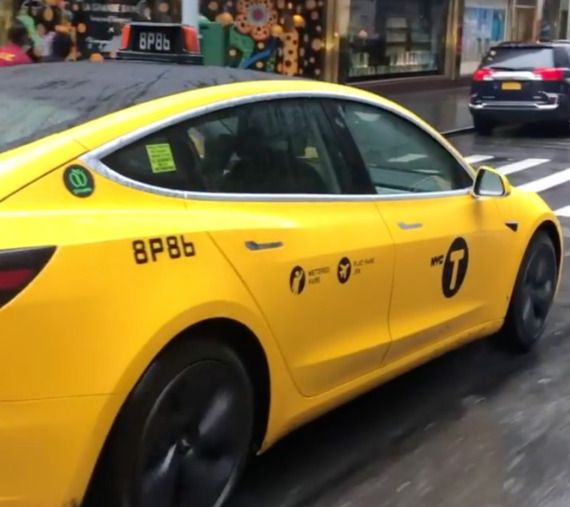
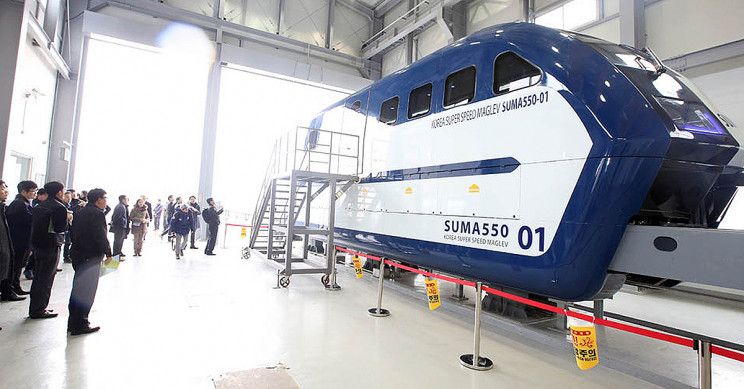
Take a look at the new mass transit vehicle South Korea is developing.
A hyper-tube train currently in development in South Korea reached a record speed of more than 621mph during testing on Wednesday, hitting speeds normally only seen by airplanes.
The Korean Railroad Research Institute (KRRI) announced the major milestone on Wednesday, claiming the train may have gone as fast as 633mph. The hyper-tube system has been in development since 2017, and had previously managed a top speed of 443mph. For comparison, Japanese Shinkansen trains top out at a maximum operating speed of 200mph, with commercial aircraft cruising at speeds between 497mph and 621mph.
KRRI.
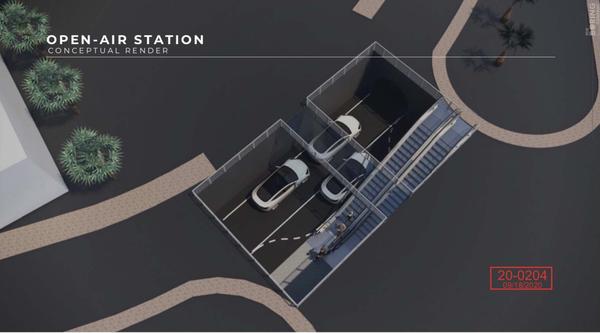
Elon Musk founded The Company “to solve the problem of soul-destroying traffic.” He envisions a network of tunnels where Autonomous Electric Vehicles (AEV) can transport passengers at high speeds through an underground transportation system called “Loop”. The Company’s AEVs are made up of modified Tesla Model 3 and Model X. These zero-emission vehicles will shuttle passengers through the tunnels at approximately 150-miles per hour. The first set of underground roads are under construction at Las Vegas Convention Center (LVCC). The tunneling project is almost finished. According to city officials it will be operational by January 2021. The Company plans to expand the LVCC Loop transportation system to other parts in Las Vegas. The Company submitted a proposal this year to the Las Vegas City Planning Commission to expand the tunnel to the downtown area.
On Tuesday, the Las Vegas City Planning Commission held a meeting in which the company received approval to connect the LVCC center set of tunnels to a future tunneling system that will lead downtown. The Commission gave the green light during a meeting, video below. The city council plans to review the proposal to cast a final vote in December. The downtown tunnel will begin at the LVCC, run through Las Vegas Boulevard, connect to Ogden, and lead back into Main Street. The City of Las Vegas shared via Twitter the map of where the tunnel will be built, pictured below.
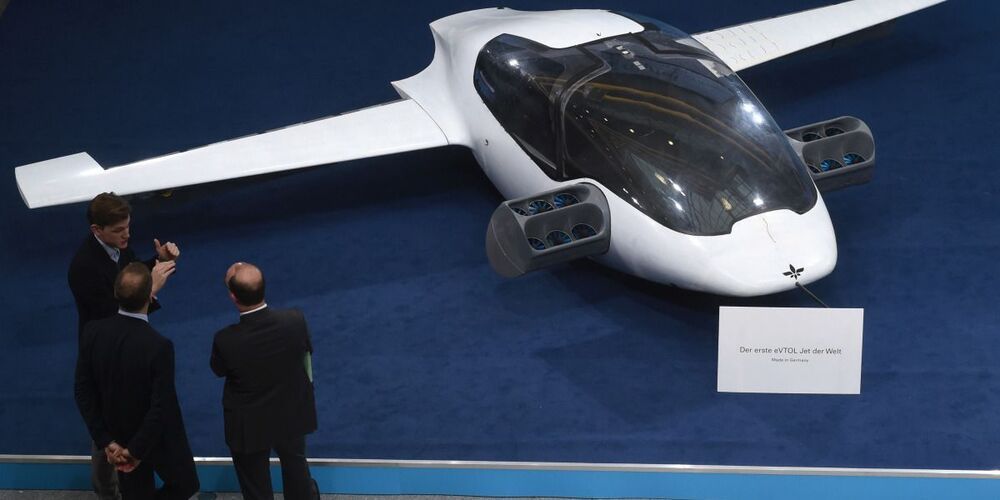

DARPA’s SIGMA+ program conducted a week-long deployment of advanced chemical and biological sensing systems in the Indianapolis metro region in August, collecting more than 250 hours of daily life background atmospheric data across five neighborhoods that helped train algorithms to more accurately detect chemical and biological threats. The testing marked the first time in the program the advanced laboratory grade instruments for chemical and biological sensing were successfully deployed as mobile sensors, increasing their versatility on the SIGMA+ network.
“Spending a week gathering real-world background data from a major Midwestern metropolitan region was extremely valuable as we further develop our SIGMA+ sensors and networks to provide city and regional-scale coverage for chem and bio threat detection,” said Mark Wrobel, program manager in DARPA’s Defense Sciences Office. “Collecting chemical and biological environment data provided an enhanced understanding of the urban environment and is helping us make refinements of the threat-detection algorithms to minimize false positives and false negatives.”
SIGMA+ expands on the original SIGMA program’s advanced capability to detect illicit radioactive and nuclear materials by developing new sensors and networks that would alert authorities with high sensitivity to chemical, biological, and explosives threats as well. SIGMA, which began in 2014, has demonstrated city-scale capability for detecting radiological threats and is now operationally deployed with the Port Authority of New York and New Jersey, helping protect the greater New York City region.
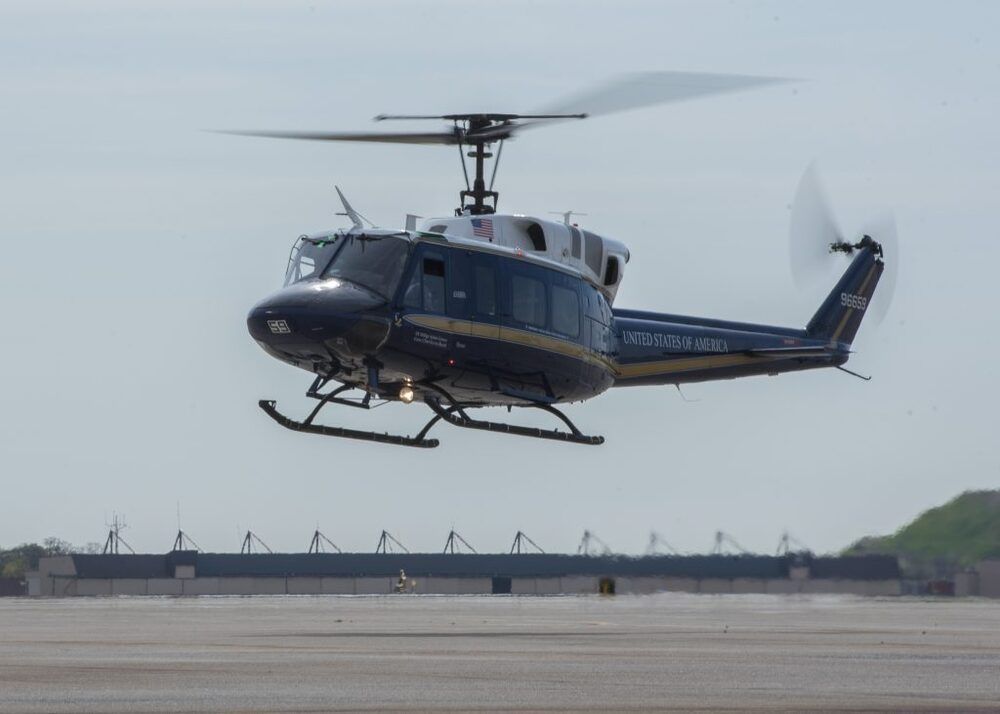

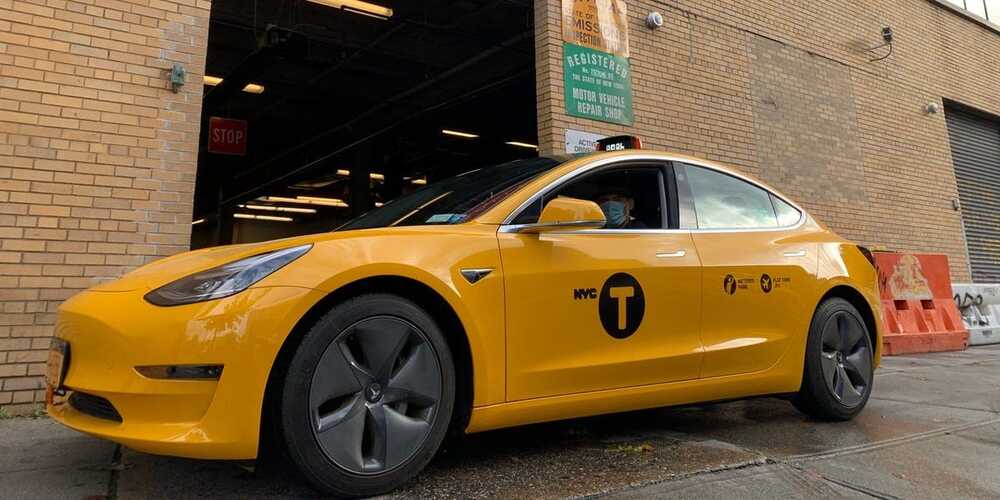
Gonzalez thinks that Tesla taxis could help reinvigorate the city’s yellow-cab industry, which has taken a major hit from ride-hailing services like Uber, Via, and Lyft. He also predicts that the city could, for sustainability reasons, start mandating electric cabs, so he’s looking to get ahead of the curve, even if the commercial charging infrastructure isn’t quite there yet.
Drive Sally plans to bring hundreds of Teslas to New York’s streets in the near future, but for now, the company is still working out the kinks. Gonzalez suspects that the EVs may be better suited for for-hire “black cars” than yellow cabs, and he also said that the more-spacious Model Y would likely work better as a cab than the Model 3, but they’re still too expensive.